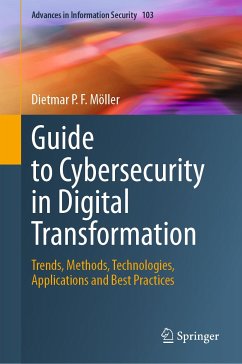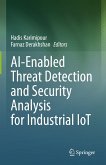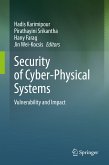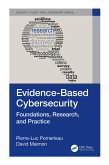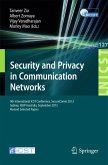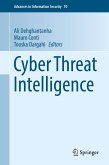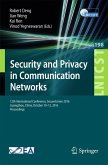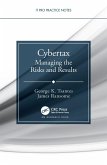Specifically, cybersecurity technologies, processes, and practices need to be generalized and applied to intrusion detection and prevention measures. This entails analyzing profiles of cyber-attackers and building cyber-attack models for behavior simulation that can effectively counter such attacks. This comprehensive volume aims to cover all essential aspects of cybersecurity in digital transformation and to provide a framework for considering the many objectives and requirements involved. In addition to introducing theoretical foundations, the work also offers practical techniques for defending against malicious cybercriminals.
Topics and features:
- Explores cybersecurity's impact on the dynamics of interconnected, complex cyber- and physical systems, infrastructure resources, and networks
- Provides numerous examples of applications and best practices
- Considers methods that organizations can use to assess their cybersecurity awareness and/or strategy
- Describes anomaly intrusion detection, a key tool in thwarting both malware and theft (whether by insiders or external parties) of corporate data
- Addresses cyber-attacker profiles, cyber-attack models and simulation, cybersecurity ontology, access-control mechanisms, and policies for handling ransomware attacks
- Discusses the NIST Cybersecurity Framework, MITRE Adversarial Tactics, Techniques and Common Knowledge, CIS Critical Security Controls, and the ISA/IEC 62442 Cybersecurity Standard
Gathering all the relevant information, this practical guide is eminently suitable as a self-study resource for engineers, scientists, computer scientists, and chief information officers. Further, with its many examples of best practices, it can serve as an excellent text for graduate-level courses and research into cybersecurity.
Dietmar P. F. Möller, a retired full professor, is affiliated with the Institute for Mathematics at Clausthal University of Technology, Germany. He was an author of several other Springer titles, including Guide to Automotive Connectivity and Cybersecurity.
Dieser Download kann aus rechtlichen Gründen nur mit Rechnungsadresse in A, B, BG, CY, CZ, D, DK, EW, E, FIN, F, GR, HR, H, IRL, I, LT, L, LR, M, NL, PL, P, R, S, SLO, SK ausgeliefert werden.

